Growing more: sustainable intensification in southern Africa
By Christian Thierfelder/CIMMYT
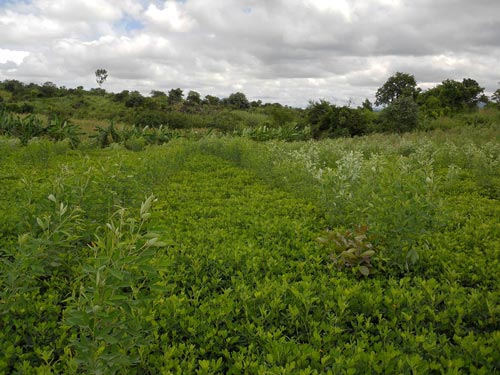
Gently undulating plains and green maize fields dominate the landscape of central Malawi as far as the eye can see. The ridges, furrows and bare soil in between, resulting from traditional land preparation, are common. Heavy rainfalls and accelerated soil erosion turn the Chia Lagoon, connected to Lake Malawi, brown and murky. The continued loss of soil fertility and the need to adapt to climate variability led CIMMYT and its partners to introduce conservation agriculture (CA) in Malawi in 2005.
The Nkhotakota district, where conservation agriculture systems have been widely adopted, shows changes in the landscape, such as residue-covered soil surfaces along the roadsides. Farmers are embracing the new CA concepts and are successfully growing maize directly planted with a pointed stick. CIMMYT and partner organizations including Total LandCare and the Ministry of Agriculture, funded by the International Fund for Agricultural Development, support these efforts. The impacts of CA in Malawi are obvious. More than 30,000 farmers in the central part of the country have been informed about the practices and now use them on their own fields, which is a direct result of CIMMYT science and the concerted efforts of private, governmental extension and national research organizations.
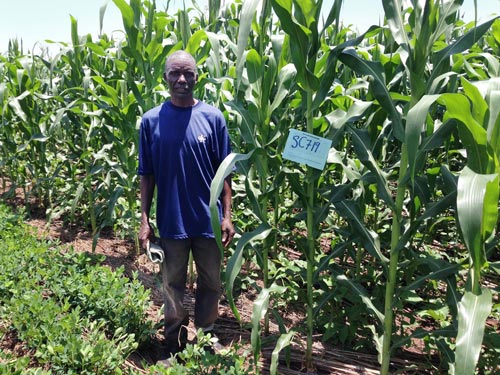
Farmer Belemoti Sikelo, from the Mwansambo Extension Planning Area, has participated in the program for more than eight years. “I used to be a farmer that always ran out of maize grain in February or March and had to work for other farmers in the area to enable my family and me to survive,” Sikelo said. “Since I started using conservation agriculture practices, we have always had enough food during the critical months. I have expanded the land area under conservation agriculture on my farm and I have also tried conservation agriculture without expensive herbicides; I believe it is possible to apply conservation agriculture techniques without chemical weed control, but it needs good management and residue cover to reduce the weed pressure. Farmers around me come and visit my demonstration plots and ask me about my secrets for a good-looking maize crop. They admire the fields where I have planted groundnuts and maize under conservation agriculture.”
Disease pressure on traditionally monocropped maize has forced farmers to rotate maize with cowpeas, groundnuts and pigeonpea. Through diversified crop rotations, they have managed to control the parasitic weed striga (Striga asiatica L.), fungal diseases and damage from white grubs, the larvae of the black maize beetle (Phyllophaga ssp. and Heteronychus spp.). As an added advantage, they have improved family nutrition and have surplus produce to sell in local markets.
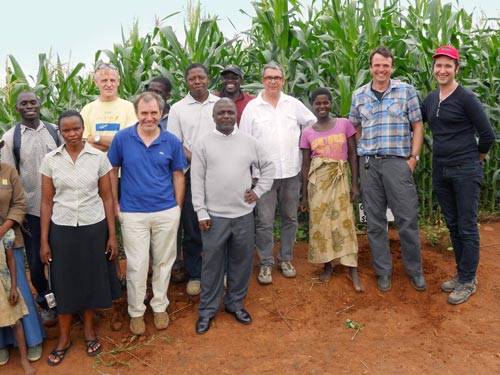
The use of conservation agriculture multiplies these benefits. Legumes such as groundnuts, cowpeas and soybeans can be grown on flat soil with half the row spacing, which is not possible under the conventional ridge and furrow system. The increased plant population has more than doubled grain yield, provides better ground cover and reduces soil erosion. The need to grow more food on the same land area has spurred innovation. To increase legume production, farmers have started to adopt the “double-up legume system.” Growing legumes with different growth habits side-byside – for example pigeon pea with cowpea or groundnuts – increases farmers’ yields and incomes even more, while also improving food security.
Lastly, drought-tolerant maize varieties provided by the Bill & Melinda Gates Foundation-funded Drought Tolerant Maize for Africa (DTMA) project were recently introduced and are being tested under different crop management systems. With the new stress-tolerant maize cultivars, farmers can now overcome seasonal dry spells and to grow longer season varieties. The risk of crop failure is reduced under conservation agriculture due to better moisture retention on residue-covered fields. This important benefit will be key in the coming years, as temperatures will likely increase and rainfalls become more erratic.
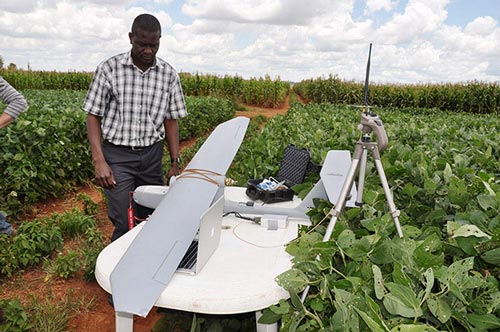
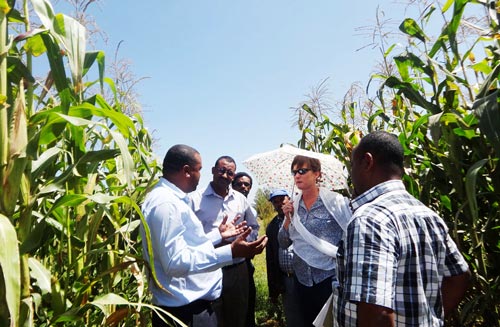
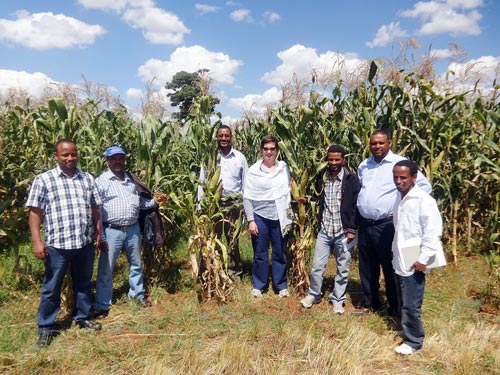

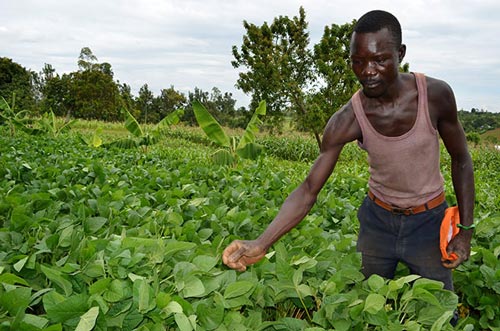
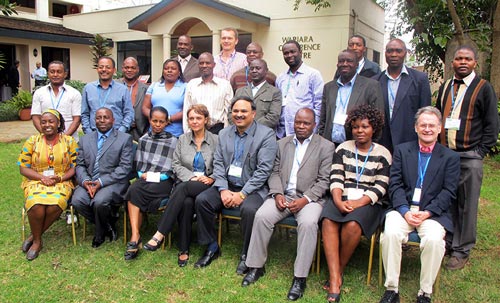
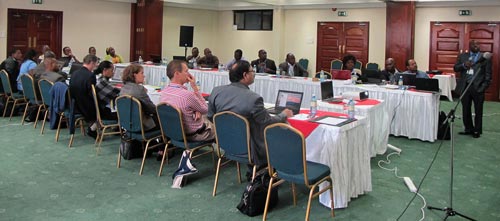
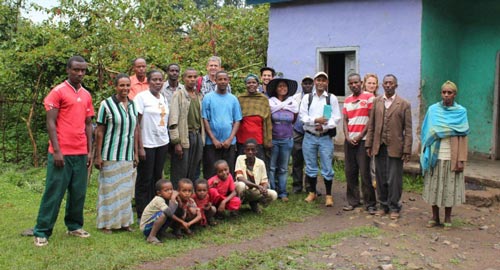
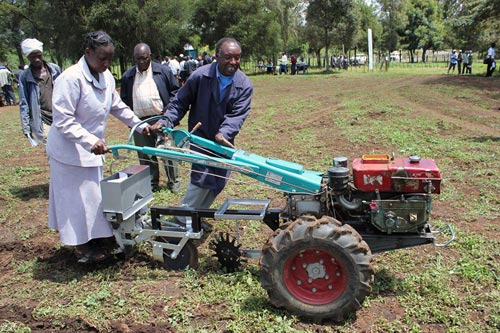
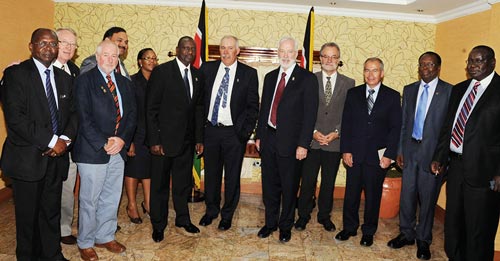
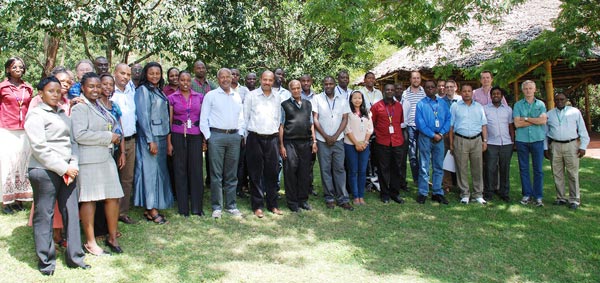 CIMMYT bid farewell to Bekele Shiferaw, former director and principal scientist of the
CIMMYT bid farewell to Bekele Shiferaw, former director and principal scientist of the 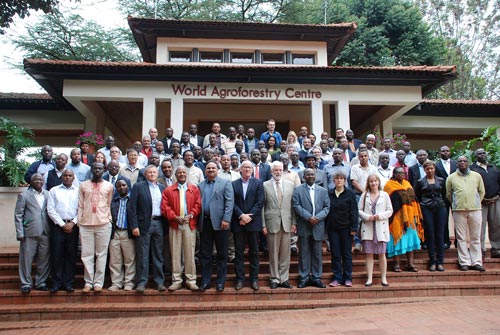
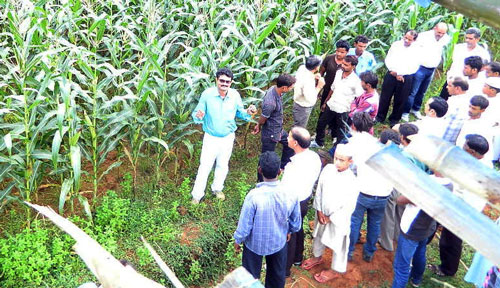 By S.P. Poonia/CIMMYT
By S.P. Poonia/CIMMYT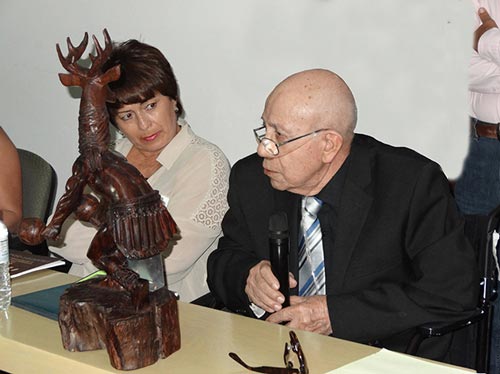
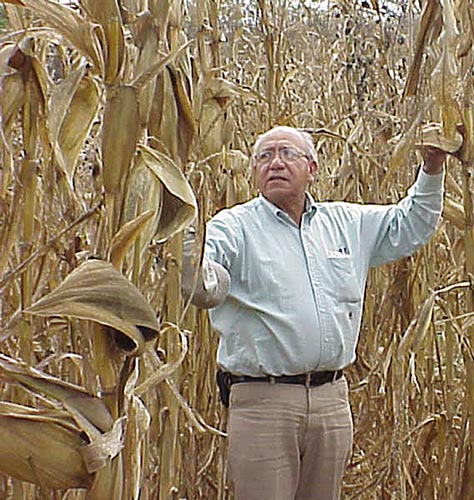
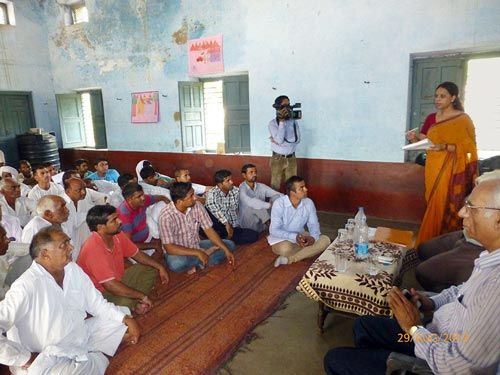
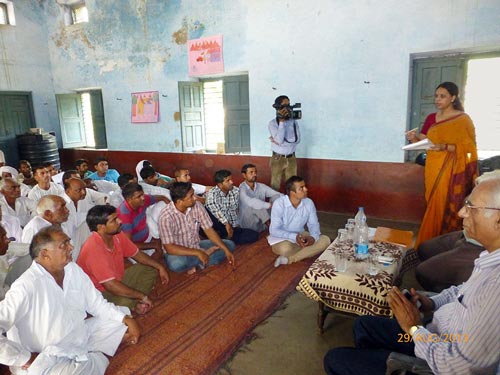
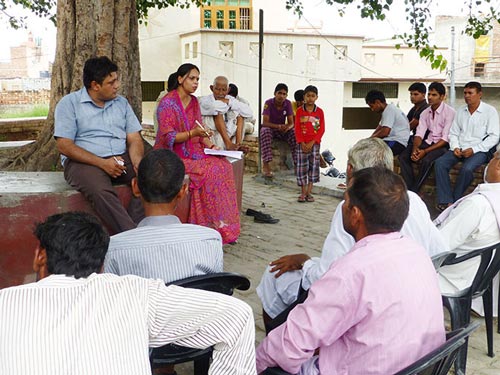
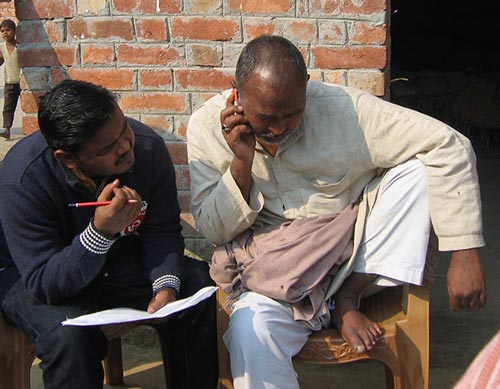 Mobile phones promise new opportunities for reaching farmers with agricultural information, but are their potential fully utilized? CIMMYT’s agricultural economist Surabhi Mittal and
Mobile phones promise new opportunities for reaching farmers with agricultural information, but are their potential fully utilized? CIMMYT’s agricultural economist Surabhi Mittal and 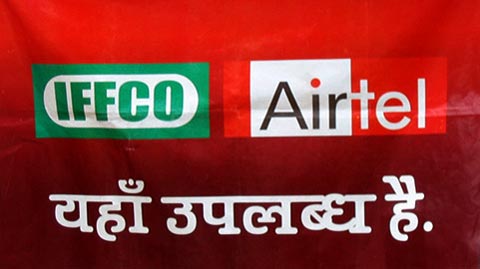 What can be done? Agro-advisory providers need to develop specific, appropriate, and timely content and update it as often as necessary. This cannot be achieved without a thorough assessment of farmers’ needs and their continuous evaluation. To ensure timeliness and accuracy of the provided information, two-way communication is necessary; Mittal and Mehar suggest the creation of helplines to provide customized solutions and enable feedback from farmers. The information delivery must be led by demand, not driven by supply. However, even when all that is done, it must be remembered that merely receiving messages over the phone does not motivate farmers to start using this information. The services have to be supplemented with demonstration of new technologies on farmers’ fields and through field trials.
What can be done? Agro-advisory providers need to develop specific, appropriate, and timely content and update it as often as necessary. This cannot be achieved without a thorough assessment of farmers’ needs and their continuous evaluation. To ensure timeliness and accuracy of the provided information, two-way communication is necessary; Mittal and Mehar suggest the creation of helplines to provide customized solutions and enable feedback from farmers. The information delivery must be led by demand, not driven by supply. However, even when all that is done, it must be remembered that merely receiving messages over the phone does not motivate farmers to start using this information. The services have to be supplemented with demonstration of new technologies on farmers’ fields and through field trials.